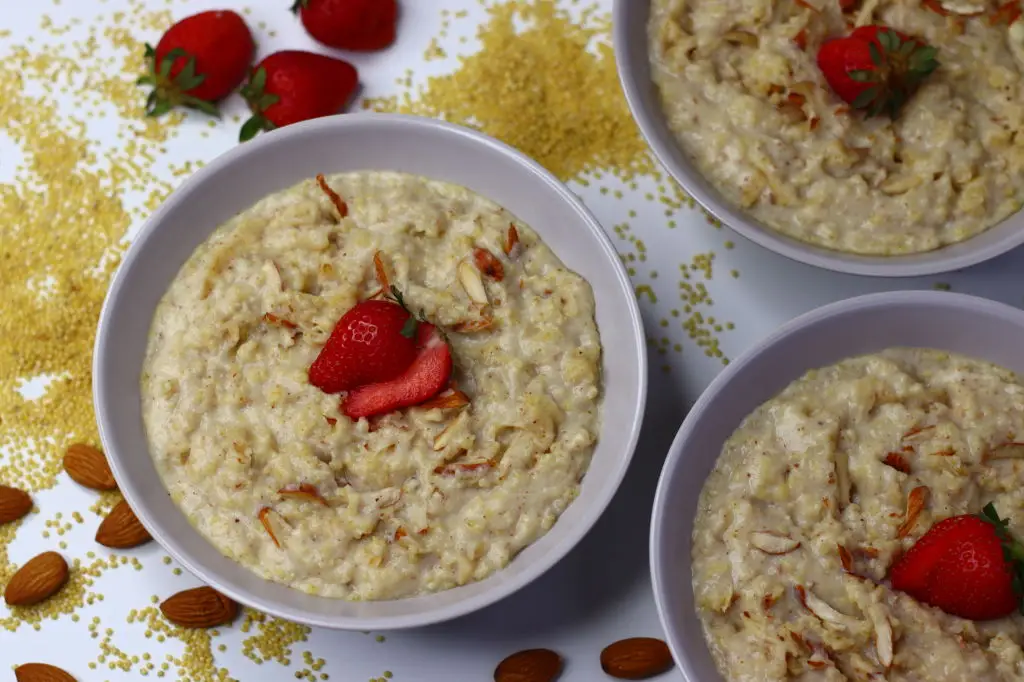Silent Bloating: 11 Reasons Your Favorite High-Fiber Foods Are Causing Discomfort
Let’s face it—there’s nothing more confusing than reaching for a healthy snack, only to be rewarded with uncomfortable bloating soon after. If you’ve ever swapped to whole grains, loaded your plate with veggies, or upped your fruit intake in the name of wellness, only to feel puffier and less energetic, you’re not alone. While fiber has a well-deserved reputation as a digestive hero, the path to gut health sometimes comes with a few bumps—and, yes, a little extra gas. Understanding “silent bloating” isn’t about blaming your favorite foods or abandoning nutritious habits. Instead, it’s about uncovering the hidden reasons some healthy choices sometimes leave you feeling not-so-light. This guide dives into why foods celebrated for wellness can quietly trigger discomfort, the real science behind every gurgle, and gentle, practical solutions to keep you feeling vibrant. Whether you’re new to fiber-rich living or a seasoned salad lover, these expert-backed tips will help you beat the bloat without skipping the nutrients. Small changes make a big difference, and you’re here to discover easy, empowering steps to troubleshoot bloating—so those leafy greens and whole grains keep giving you all the good stuff, minus the mystery discomfort.
1. Jumping Into Fiber Too Fast

You hear all the praise: fiber fills you up, keeps your gut healthy, and supports steady energy. It’s tempting to hit your daily target in one go—maybe by switching from white bread to whole wheat or doubling your salad size overnight. But your digestive system needs time to adjust, just like any muscle starting a new workout. Fiber acts as a gentle broom, but when you suddenly go from little to lots, your gut bacteria are caught unprepared. Registered nutrition experts compare it to running a marathon as your first jog—both your gut and friendly bacteria need a gradual training plan. Early on, that means more fermentation in your gut, translating to gas and bloating nobody was expecting. Give your system patience: slowly increase fiber by a few grams every few days, rather than diving headfirst into a fiber-rich diet. Your comfort (and regularity) will thank you for a slow, steady ramp-up.
2. Not Drinking Enough Water

It’s the partnership nobody warns you about. Fiber and water are best friends—each needs the other to keep things moving. When you up your fiber without sipping extra fluids, the result is like mixing cement: things slow down, stools get harder, and gas backs up in places you’d rather it didn’t. Experts point out that many people think fiber alone should solve digestive woes, but forget hydration is non-negotiable. Water makes fiber “gel” and bulk up softly, helping it pass smoothly through the digestive tract. Without enough fluids, that good-for-you roughage lingers longer and makes everything less comfortable. A simple trick is to pair every fiber-rich meal or snack with a glass of water. Notice your thirst cues and keep a bottle handy as a subtle reminder. Give your gut—and those hard-working fibers—the moisture they need to do their job without all the drama.
